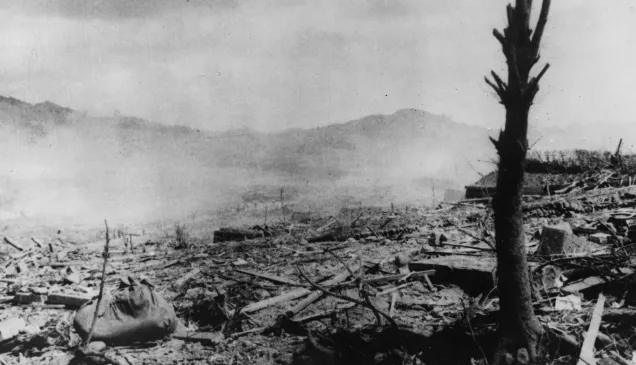Treaties and customary law
International humanitarian law is based on a large number of treaties, in particular the Geneva Conventions of 1949 and their Additional Protocols, and a series of other conventions and protocols covering specific aspects of the law of armed conflict. There is also a substantial body of customary law that is binding on all States and parties to a conflict.
Limits on the way warfare can be conducted have existed for centuries, but until 1864 they were for the most part unwritten customs. In that year the First Geneva Convention was adopted. It proved to be the first of many treaties limiting the way wars are waged.
This part of the web site contains links to the main texts of international humanitarian law (IHL), commentaries on their application and academic articles on IHL's development. It also provides information on the state of treaty ratification.
The core of IHL is the Geneva Conventions. The initial text of 1864 was revised and recast in 1906 and again in 1929. Their current version was adopted on 12 August 1949, in the wake of the Second World War, and is now known as the "four Geneva Conventions". They have achieved universal ratification.
IHL covers two main areas, the protection of persons who are not, or no longer taking part in fighting and restrictions on the means and methods of warfare such as weapons and tactics.
The First Geneva Convention of 1949 covers the protection and care for the wounded and sick of armed conflict on land.
The Second Geneva Convention concerns the protection and care for the wounded, sick and shipwrecked of armed conflict at sea.
The Third Geneva Convention relates to the treatment of prisoners of war.
The Fourth Geneva Convention concerns the protection of civilians in time of war.
Since 1949 three Protocols have been added to the Geneva Conventions. Additional Protocol I of 1977 relates to the protection of victims of international armed conflicts. Additional Protocol II of the same year covers the protection of victims of non-international armed conflicts.
Additional Protocol III of 2005 created a new protective emblem, the red crystal, alongside the existing red cross and red crescent.
IHL also includes a series of other treaties relating to specific weapons, tactics or protected persons and objects such as the 1954 Convention on the Protection of Cultural Property during armed conflict, the 1972 Biological Weapons Convention, the 1980 Convention on Conventional Weapons, the 1993 Convention on Chemical Weapons and the 1997 Ottawa Convention on anti-personnel mines.
In addition to treaty law, there is a considerable body of customary international humanitarian law. This has been catalogued in a major study by the ICRC and published by Cambridge University Press. This study provides a comprehensive analysis of the customary rules that apply to armed conflict based on State practice.



